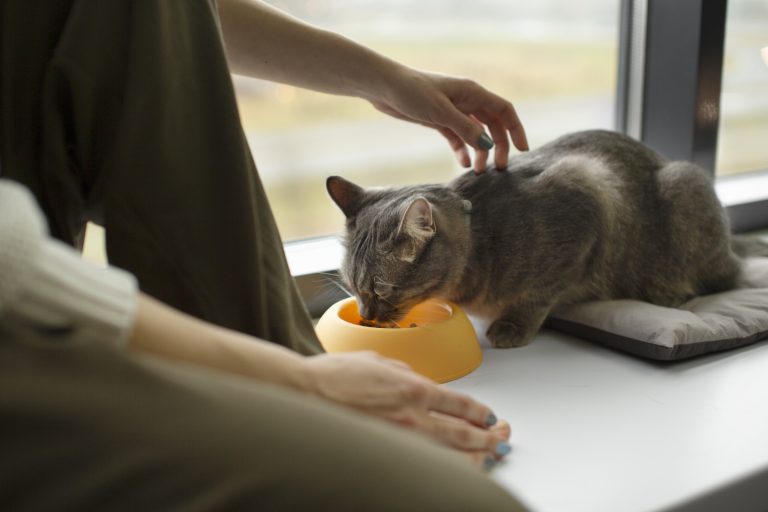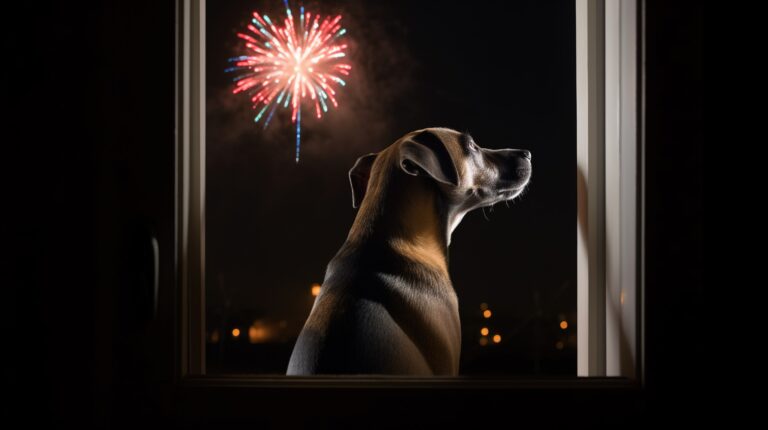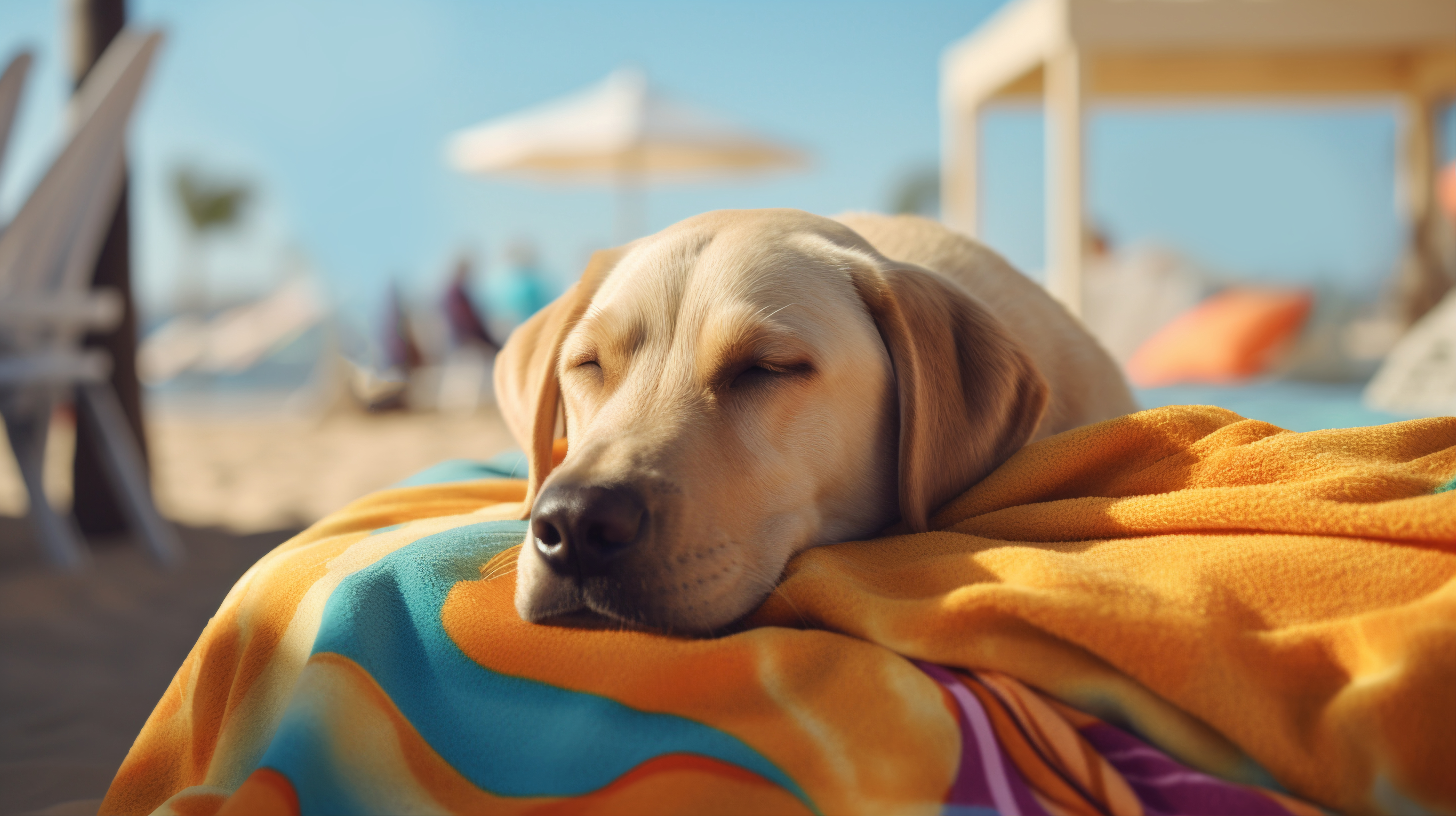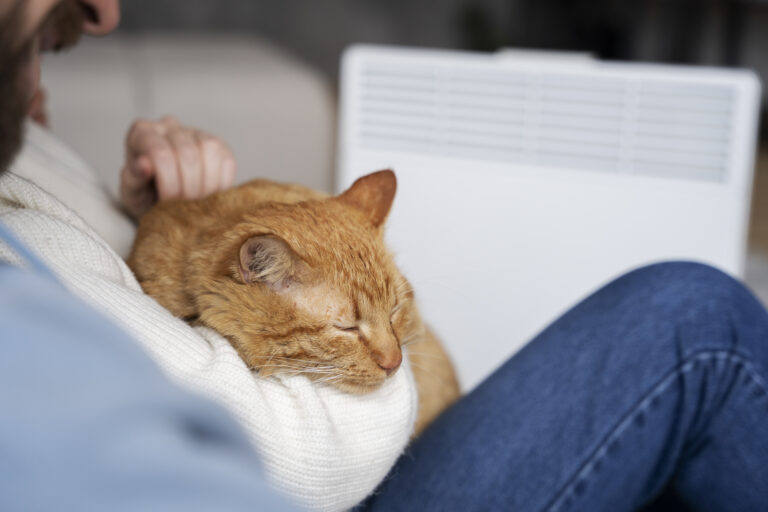As the days stretch out and the sun lingers longer in the sky, your cat’s internal clock doesn’t stay static—it shifts. Longer daylight months can trigger subtle (and sometimes not-so-subtle) changes in your cat’s behavior, energy levels, and appetite. While you might be enjoying later sunsets and more time outdoors, your feline friend may need a few changes too—starting with their feeding schedule.
Cats are creatures of routine, but their biology is still wired to respond to light. As summer approaches and your household schedule shifts, your cat’s food habits might need a refresh. Here’s how to fine-tune the best feeding schedule for cats in the months when the days just keep getting longer.
Table of Contents
How Longer Days Affect Your Cat’s Appetite
You may not notice it immediately, but your cat certainly does—longer days mean more light, and more light can mean more activity. This can lead to:
- Increased playfulness and energy
- More outdoor time (if your cat is indoor-outdoor)
- Changes in sleeping and waking cycles
- Higher calorie needs due to increased movement or territorial monitoring
Your cat’s natural rhythm—also known as a circadian rhythm—is closely tied to sunlight. More light signals the body to stay alert and burn more energy, so even your famously lazy couch cat may start demanding food earlier, later, or more often.
Ideal Feeding Frequency During Summer Months
Most adult cats thrive on two scheduled meals per day, spaced 10–12 hours apart. But during summer months, you may notice your cat starts asking for breakfast at 5 a.m. or gets restless by late evening.
Here’s how to adjust without overfeeding:
- Stick to a two-meal routine, but be flexible with timing. You might move breakfast a little earlier and dinner a bit later to accommodate their new daylight cues.
- If your cat is particularly active or spends time outside, consider adding a small midday snack or high-protein topper to support their energy output.
- For senior cats, kittens, or cats with medical conditions, feeding schedules may vary. Always consult your vet before changing routines.
Avoid free-feeding (leaving food out all day) unless it’s part of a monitored dry kibble system. Summer heat can spoil wet food faster, and bored cats may snack excessively.
What to Feed Cats During Longer Days
With more activity comes a need for balanced, energy-sustaining meals. Focus on:
- High-protein, species-appropriate food (wet, raw, or freeze-dried)
- Hydrating options, especially if your cat isn’t a great water drinker
- Superfood toppers like bone broth, sardines, or pumpkin for digestive and energy support
Avoid over-relying on calorie-dense treats. It’s easy to mistake their vocalizations for hunger when they may just be more stimulated by their surroundings.
Summer Hydration Is Key
Feeding your cat in longer daylight months isn’t just about when—it’s also about how hydrated they stay. With increased movement, sun exposure, and heat, cats lose more fluids through grooming and activity. Unfortunately, cats are notoriously bad at drinking water.
Try these hydration tricks with mealtime:
- Add water or broth to wet food to create a hydrating mash
- Freeze small amounts of bone broth into ice cubes and drop one in their dish
- Offer multiple water stations around the house, especially near windows or warm spots
You can even invest in a pet fountain—cats often prefer running water, especially in warm months.
Adjusting Feeding Times for Indoor vs. Outdoor Cats
Indoor cats may follow the human schedule more closely, which means feeding adjustments are simpler. Use sunrise and sunset cues or your own daily pattern as a guide.
Outdoor or indoor-outdoor cats often become more active in early morning and evening—so their meals should fuel them for those peak adventure windows. A protein-rich breakfast before sunrise patrol and a hearty dinner post-sunset can work well.
Try to serve meals in cooler times of the day to avoid appetite suppression caused by midday heat.
Conclusion: Feed with the Sun, Not Just the Clock

Longer days bring more movement, curiosity, and energy to your cat’s world—and your feeding routine should reflect that. The best feeding schedule for cats in summer months isn’t just about setting a timer—it’s about paying attention. Adjust mealtimes to match their energy levels, provide hydration-rich meals, and avoid overfeeding through boredom snacking.
By syncing your cat’s nutrition with the rhythms of the season, you’ll support better digestion, balanced energy, and a happier, healthier feline all summer long.







